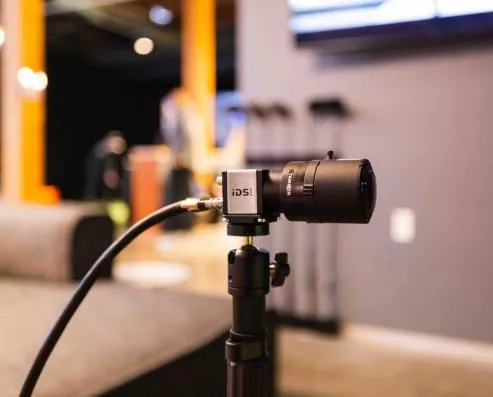[vc_row][vc_column][vc_column_text c_id=”.vc_1639432627139″]Dan McCracken – NYC
Tuning Up Your Tempo
Everyone wants a good tempo to their golf swing, but what are you doing to improve yours? When it comes to playing good golf consistently, I would make the case that your tempo/timing is as important as your swing mechanics, maybe more. Proper swing mechanics allows a golfer to generate their desired ball flight. Once a golfer is capable of hitting a good shot, the focus then shifts to the ability to repeat that good shot. When it comes to putting something on repeat, it’s all about timing. If a golfer can improve the consistency of their timing, they can improve the consistency of their ball flight.
I’m sure you’ve heard the phrase “swing smooth” before. I’m sure you’ve also been told to not rush the club back in the takeaway. What you might be surprised to hear is that most people suffer from swinging the club back too slow. Yes, when I see students struggle with tempo it is almost always a result of them swinging the club back much too slowly. Allow me to explain. Club head speed creates ball speed and distance. The faster we swing the club, the farther we can hit the ball. In most full swing golf shots, the player is looking to generate a considerable amount of club speed. So if you focus on taking the club back slowly, this puts all the speed generation responsibility on your downswing. When this happens we create an inefficient tempo. Generally this is the culprit when a golfer mentions they felt rushed or quick during a swing. A golfer who needs to work overtime to build speed in the downswing will almost always lose control over their arm and wrist structure. This is how poor tempo can result in poor technique.
The phrase I like to use with students is this: “Free up the backswing. There is no need to rush, but we want momentum built with our backswing. If we can build some momentum, this will allow us to transition smoothly and control our body through the ball.” If you’re waiting until you get to the top of your backswing to crank up the speed, you’re most likely in trouble. Controlling your change of direction from backswing to downswing is vital to quality ball striking. If you are working to create force at this moment, you’ve most likely lost control.
For a long time, working on your tempo meant experimenting somewhat aimlessly with different feelings. Now, with the help of technology like Blast Motion Golf, we can measure and quantify our tempo. Tempo is the ratio of your backswing time to your downswing time. By placing these sensors on the best players in the world, Blast Motion learned the average tempo for a professional golfer is somewhere between 2:1 and 3:1 depending on whether they are holding a wedge or putter vs. a driver. As we see people struggle with their tempo, that ratio usually grows 4:1 and above. Slower backswings resulting in worse shots.
What we can take away from all this is that we are trying to achieve a balanced and efficient tempo. If you plan on swinging down fast, don’t swing back slowly. Also, in your search for consistency allow your timing to take center stage. Consistent tempo generally leads to consistent technique, this does not always prove true the other way around. Whatever comes the most naturally to you will always almost be the easiest thing to repeat. So own your tempo, keep your transition smooth and have fun out there.
You can book a lesson with Dan in NYC by clicking here.[/vc_column_text][/vc_column][/vc_row]

